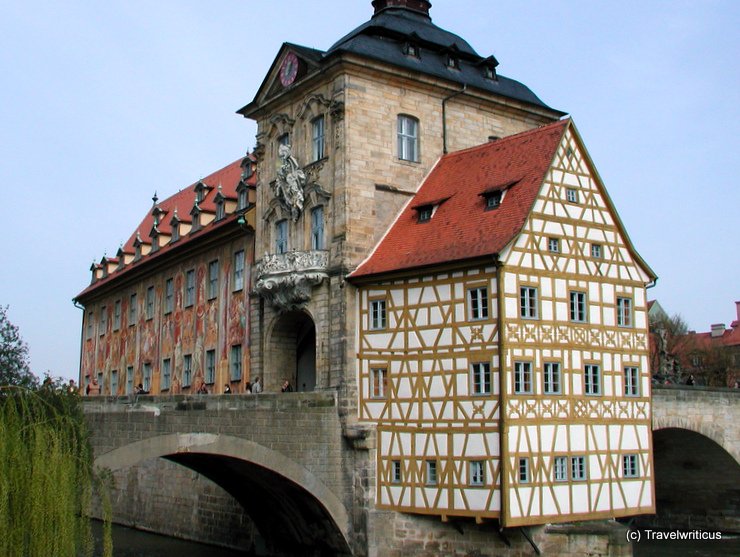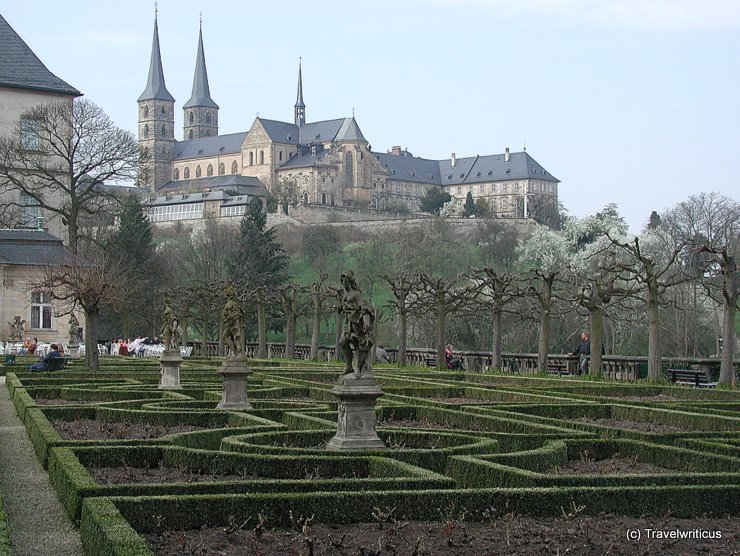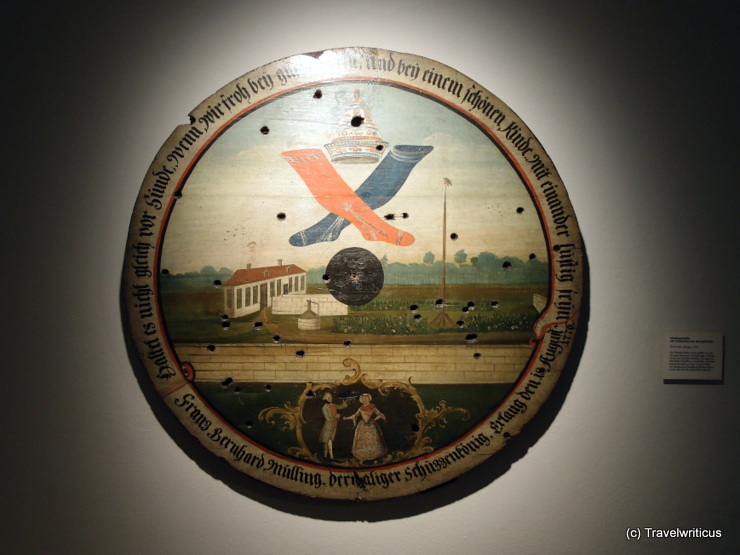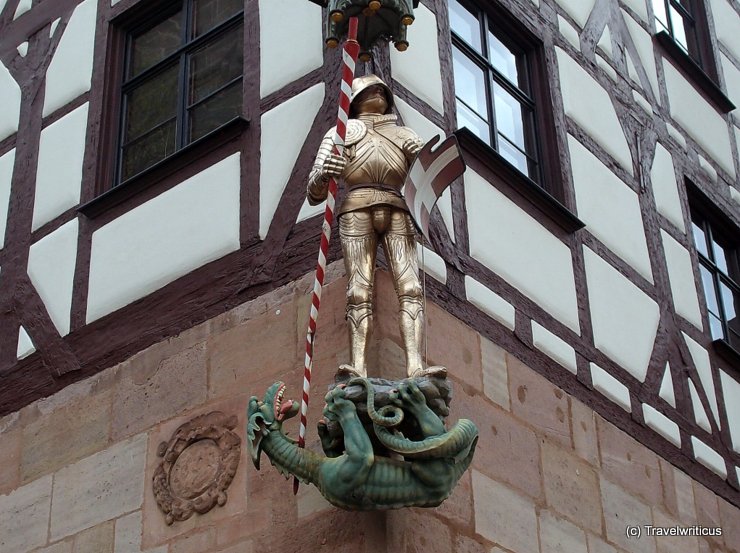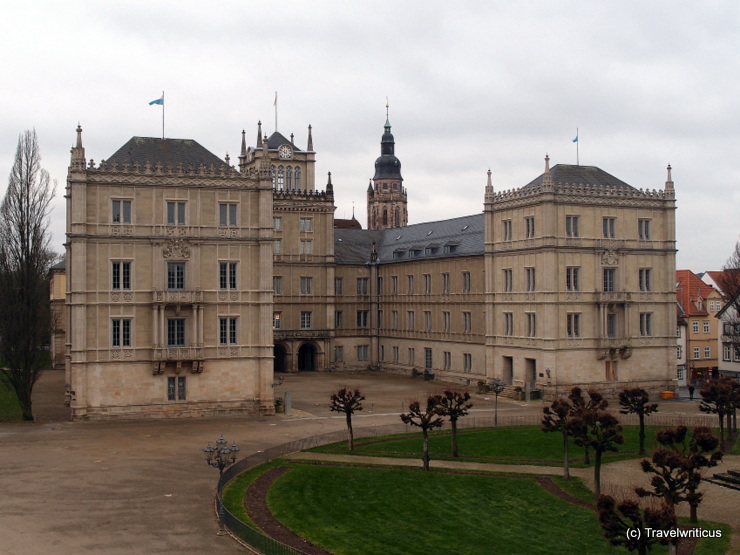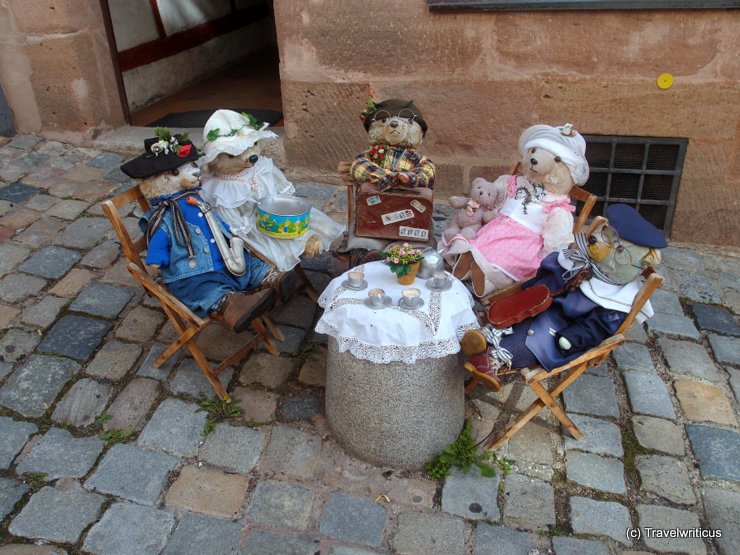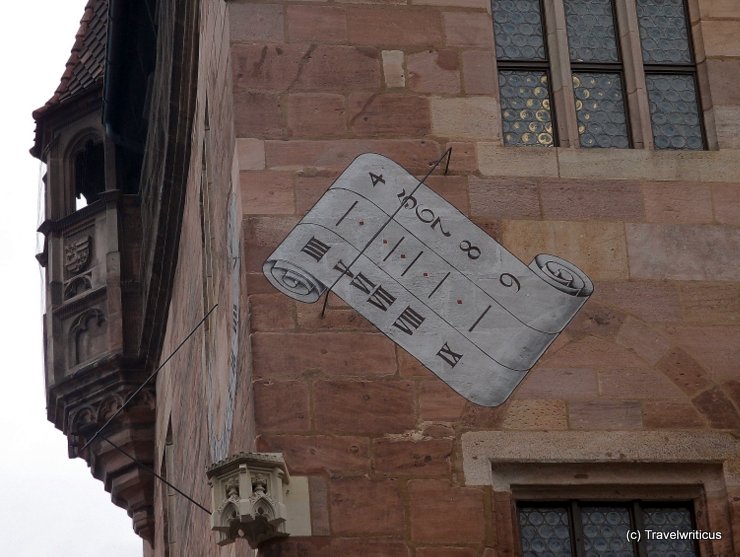
The Nassauer Haus is a medieval residential tower in the centre of Nuremberg. The name is misleading. The tower has nothing to do with the aristocratic dynasty House of Nassau. After a previous owner, the building is also known as Schlüsselfeldersches Stiftungshaus. [German]

